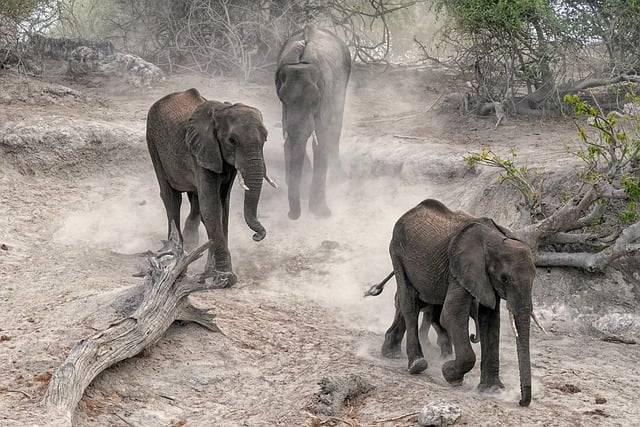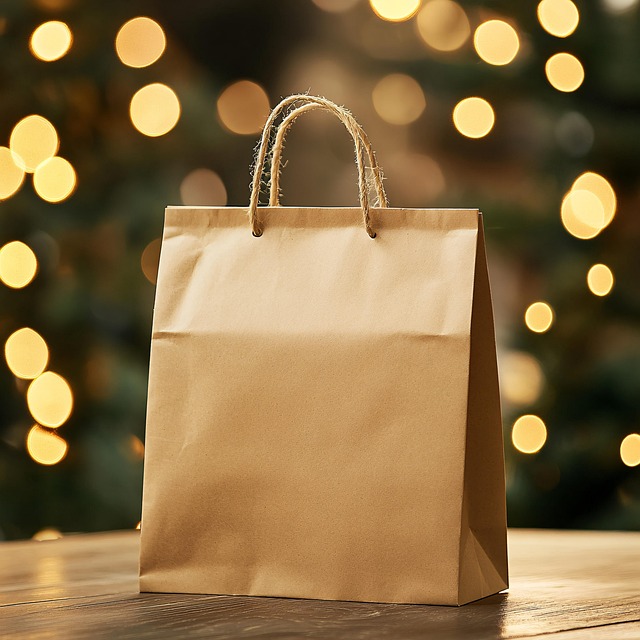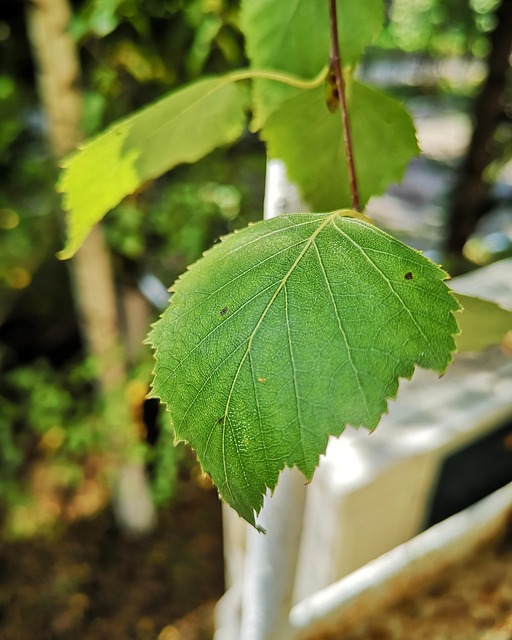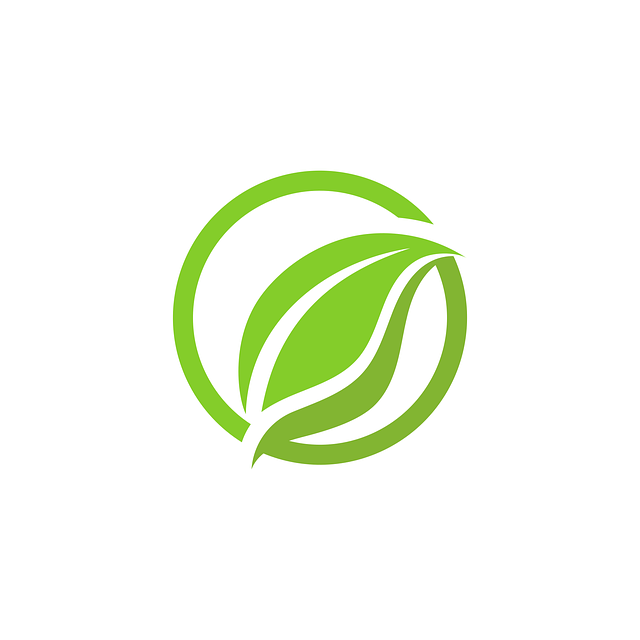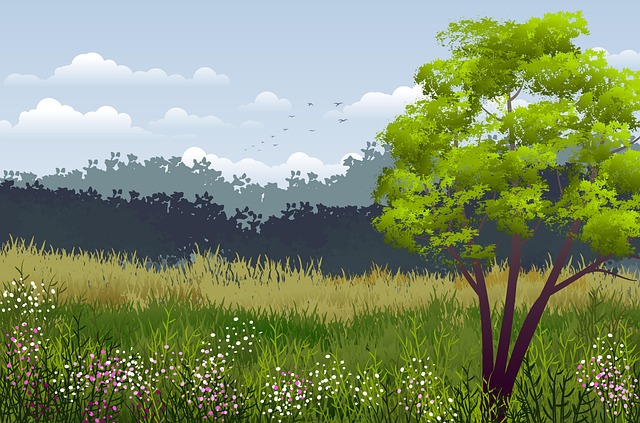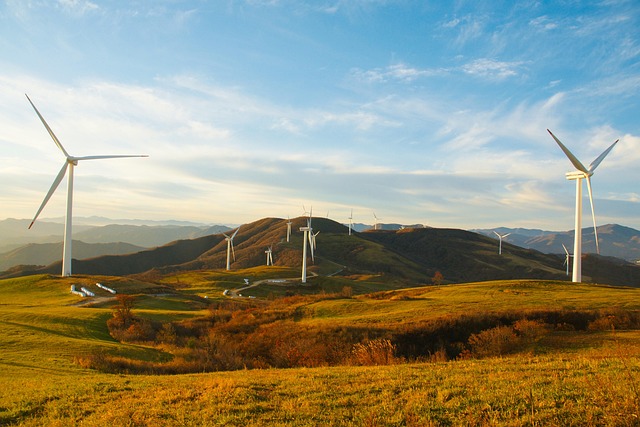Choosing native, drought-resistant plants for landscaping is an eco-friendly strategy in real estate, conserving water, enhancing property beauty, and increasing value. This method, favored by environmentally conscious buyers, promotes sustainable development through low-maintenance gardens featuring indigenous species like grasses, wildflowers, edible produce, and local trees, appealing to real estate professionals aiming for both aesthetic appeal and ecological responsibility.
In today’s water-conscious world, choosing native plants that require minimal water is a smart and sustainable decision for your yard—and beneficial for real estate, too. This article guides you through identifying drought-resistant plants perfect for your landscape, offering landscaping tips to maximize water conservation, and highlighting the advantages of selecting native species for low-maintenance beauty. Enhance your outdoor space while preserving resources, making your property more attractive in the competitive real estate market.
Identifying Drought-Resistant Plants for Your Yard
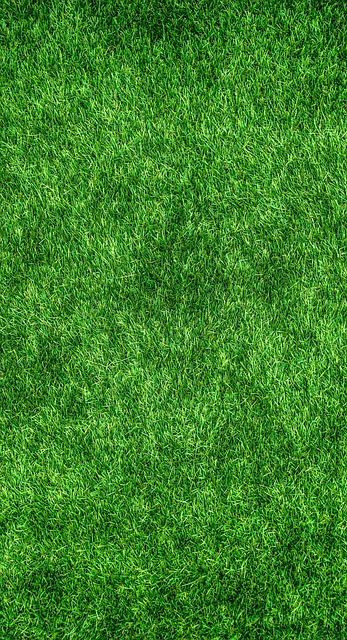
When it comes to landscaping, choosing native plants that require minimal water is an eco-friendly and sustainable approach, especially in regions with limited water resources. For real estate owners, this strategy not only conserves water but also enhances the beauty of their properties. Identifying drought-resistant plants suitable for your yard involves understanding your local climate and soil conditions. Native plant species have adapted to survive in these specific environments, making them ideal choices for low-maintenance gardens.
One way to get started is by consulting with local botanists or environmental agencies who can provide insights into the native vegetation in your area. They can guide you in selecting plants that will thrive without excessive irrigation, ensuring a beautiful and water-efficient outdoor space. This approach not only benefits the environment but also adds value to your property in the real estate market, as buyers increasingly appreciate sustainable landscaping features.
Landscaping Tips for Water Conservation in Real Estate
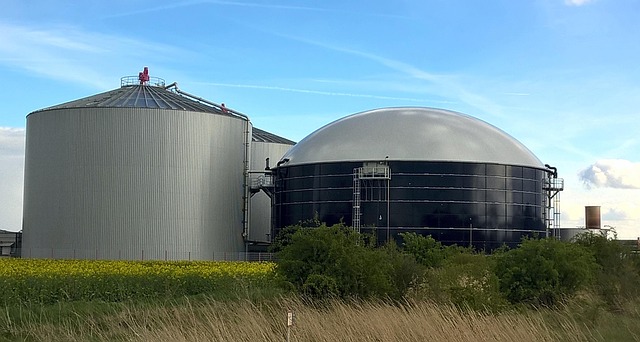
Landscaping with native plants is a powerful strategy for real estate professionals aiming to enhance water conservation efforts. By choosing species that thrive in local conditions, developers can create beautiful, low-maintenance gardens that significantly reduce water usage. This approach not only benefits the environment but also appeals to environmentally conscious buyers.
Incorporating these plants into landscapes can include selecting drought-resistant grasses for lawns, planting native wildflowers and shrubs that require minimal irrigation, and creating edible gardens with drought-tolerant fruits and vegetables. Additionally, implementing strategies like drip irrigation systems and using indigenous trees helps maximize water efficiency. These practices not only contribute to sustainable real estate development but also add aesthetic value to properties.
Choosing Native Species: A Low-Maintenance Approach
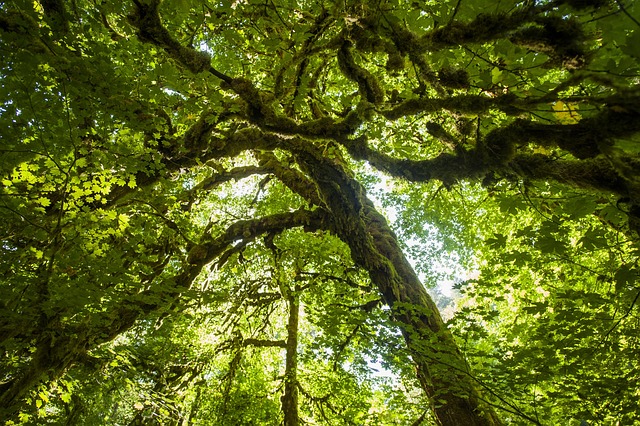
When considering your garden’s design, especially in regions with limited water resources, opting for native plant species can be a game-changer. This approach not only conserves water but also promotes a vibrant and sustainable landscape. Native plants are adapted to local conditions, requiring less maintenance and irrigation compared to non-native varieties.
In the context of real estate, this strategy can enhance the value of your property. Low-maintenance gardens appeal to homeowners seeking easy-to-manage outdoor spaces. Additionally, native flora provides a haven for local wildlife, contributing to a healthier ecosystem right in your backyard.
